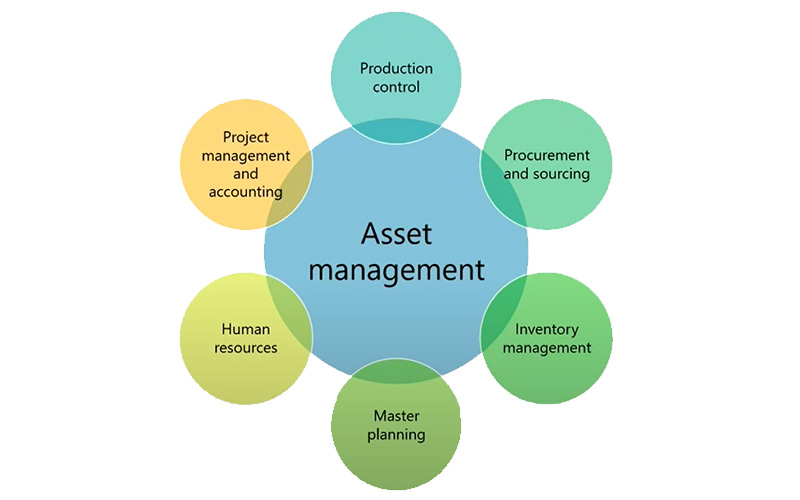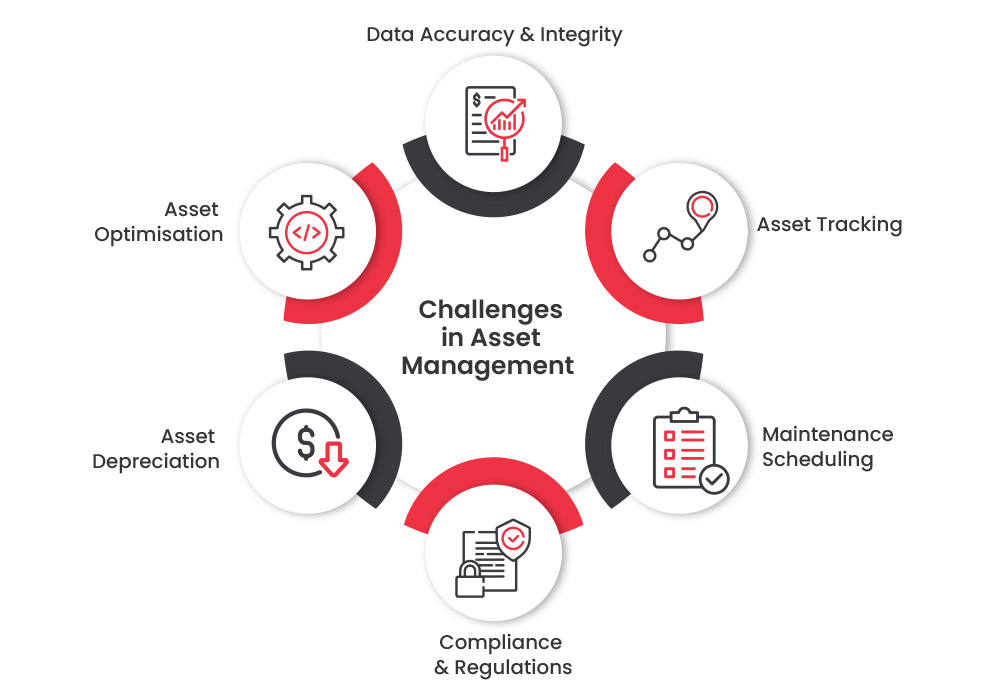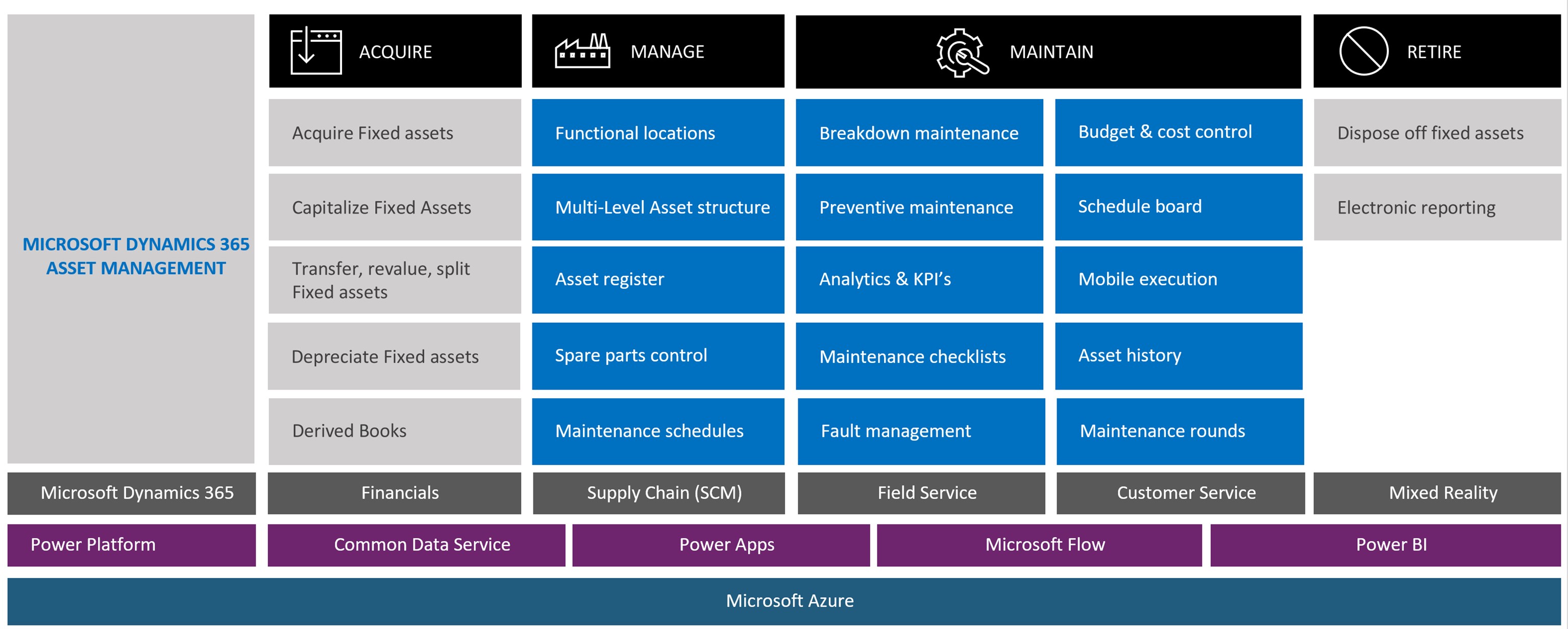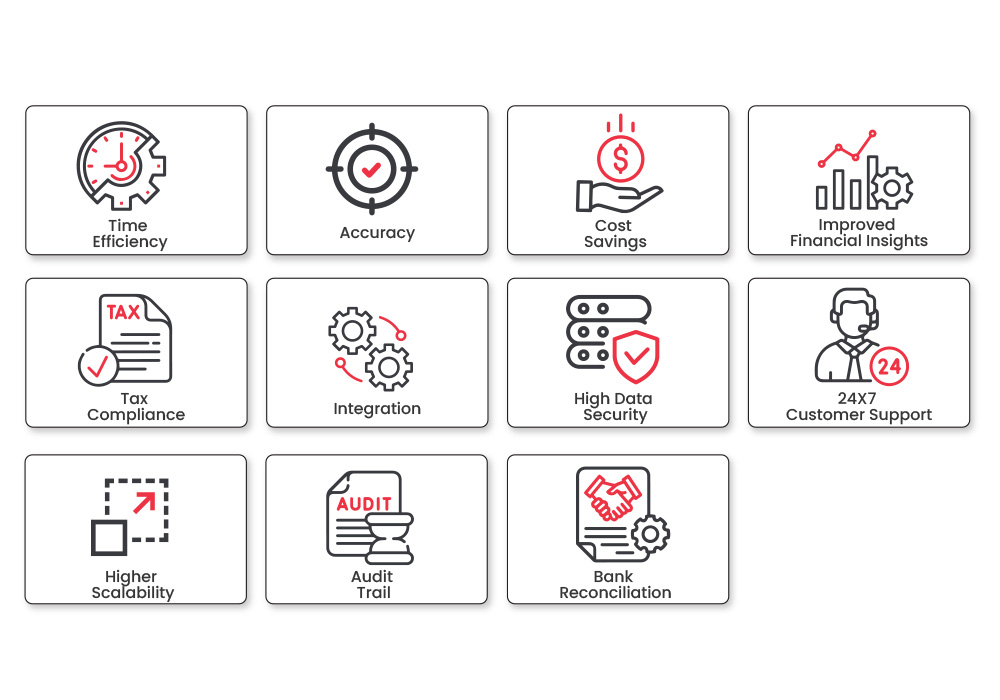Table of Content
If the last few years taught us anything, the real business leaders walking successfully on the road to tremendous growth are those who embrace digitalization or all digital technologies. Without this, no business can survive in today’s competitive business landscape. Isn’t it so?
Similarly, managing assets using traditional methods has become quite challenging. From equipment and machinery to IT resources and infrastructure, the complexities of tracking, maintaining, and optimizing assets can be overwhelming. These challenges often lead to increased operational costs, decreased productivity, and fewer revenue opportunities.
However, from now onwards, you no longer need to worry as we have come up with a fantastic solution: Dynamics 365 Asset Management! This solution has been a game-changer for many businesses in managing their assets effectively, eventually leading to improved productivity, growth, and revenue.
During this write-up, we are going to unlock the various asset management challenges Dynamics 365 for asset management can solve, including its 10 amazing benefits.
By the end of this blog journey, you’ll understand how Dynamics 365 asset management software can transform your asset management practices, optimize resource allocation, and drive business growth.
Ready to know how Dynamics 365 asset management simplifies your business asset management process? Let’s together walk through the blog!
Let’s get started:
What do you understand by Asset Management in Business?

Asset management in business refers to the systematic process of acquiring, tracking, maintaining, and optimizing an organization’s tangible and intangible assets. These assets can encompass a wide range of items, including equipment, property, intellectual property, financial investments, and more.
Effective asset management is essential for maximizing the value and utility of these resources while minimizing costs and risks. It involves strategies and tools to ensure assets are utilized efficiently, maintained in good condition, and aligned with the organization's goals.
Proper asset management helps businesses make informed decisions, reduce downtime, enhance productivity, and maintain compliance with regulatory requirements.
Challenges in Asset Management

Asset management can pose several challenges for businesses. Here are six common ones:
Data Accuracy & Integrity
Maintaining up-to-date and accurate data about assets can be difficult. Errors or omissions can lead to incorrect decisions and inefficiencies.
Asset Tracking
As businesses grow, tracking and locating assets becomes more complex. Keeping tabs on their physical locations, conditions, and usage can be a logistical challenge.
Maintenance Scheduling
Determining the optimal time for asset maintenance can be tricky. Too early can result in unnecessary costs, while too late can lead to breakdowns and downtime.
Compliance & Regulations
Adhering to industry-specific regulations and compliance standards can be a significant challenge. Failure to do so can result in fines and legal issues.
Asset Depreciation
Accurately calculating and accounting for asset depreciation over time is crucial for financial reporting. Managing this aspect effectively can be complicated.
Asset Optimisation
Maximizing the utilization of assets to reduce costs and improve productivity can be challenging. Identifying underutilized or redundant assets and reallocating resources effectively is essential.
Addressing these challenges often involves implementing robust asset management software, investing in employee training, and establishing clear processes and procedures to ensure assets are managed efficiently and effectively.
What is Dynamics 365 asset management?

Dynamics 365 for asset management is a software solution by Microsoft designed to help businesses effectively track, maintain, and optimize their assets. It provides a centralized platform for managing a wide range of assets, from equipment and machinery to intellectual property.
With features of asset tracking, maintenance scheduling, and compliance management, Dynamics 365 Asset Management streamlines operations, reduces costs, and ensures assets are utilized to their fullest potential, ultimately contributing to improved business performance.
Related Posts - Microsoft Dynamics 365
Benefits of Asset Management for Dynamics 365 Supply Chain Management

There are various benefits of using Dynamics 365 for asset management in your business; however, we are explaining here the major 10.
Cost-Efficiency
Dynamics 365 for asset management enhances cost efficiency by optimizing asset utilization and maintenance schedules. It provides real-time data on asset performance and locations, enabling proactive maintenance to prevent costly breakdowns.
By getting insights into asset lifecycle, and depreciation, businesses can make informed decisions, reducing unnecessary spending. This way, it streamlines operations and minimizes unplanned downtime, which ultimately lowers operational costs, leading to improved cost efficiency and profitability.
Real-time Visibility
Dynamics 365 for Asset Management provides real-time visibility by continuously tracking and updating the status, location, and performance of assets within an organization.
Through live data feeds and analytics, users can instantly access critical asset information, enabling informed decision-making. This real-time visibility ensures that assets are monitored, managed, and utilized efficiently, leading to reduced downtime, improved resource allocation, and enhanced overall operational effectiveness.
Proactive Maintenance
By leveraging predictive analysis, and real-time data functionalities it facilitates proactive maintenance. It monitors asset conditions and performance, analyzing historical data to forecast potential issues.
This allows organizations to schedule maintenance before assets fail, reducing costly unplanned downtime. By proactively addressing maintenance needs, businesses can extend asset lifespans, optimize performance, and minimize operational disruptions, ultimately improving overall efficiency and reducing maintenance costs.
Regulatory Compliance
Dynamics 365 for asset management aids regulatory compliance by providing a centralized platform to track and manage assets efficiently. The platform ensures that assets meet industry-specific regulations through features like documentation tracking, maintenance scheduling, and audit trails.
This further helps organizations maintain accurate records, promptly address compliance issues, and reduce the risk of fines or legal complications, ultimately promoting adherence to regulatory standards.
Inventory Optimisation
It enhances inventory optimisation by aligning asset needs with supply chain operations. It provides real-time visibility into asset locations and conditions, allowing for better inventory forecasting.
This ensures that spare parts and materials are readily available when needed, reducing excess inventory, and associated carrying costs. By streamlining inventory management, organizations can improve efficiency, reduce waste, and enhance their overall supply chain performance.
Data-Driven Insights
Asset Management for Dynamics 365 Supply Chain Management empowers data-driven insights by collecting, analyzing, and presenting valuable assets-related data in real time. It enables businesses to make informed decisions based on asset performance, maintenance history, and utilization patterns.
This data-driven approach enhances operational efficiency, reduces costs, and ensures optimal asset allocation, ultimately improving supply chain management and overall business performance.
Sustainability Focus
When you manage your assets through Dynamics 365 asset management software capabilities, it contributes to sustainability by optimizing resource usage. It allows businesses to track assets' performance and condition, enabling them for proactive maintenance that extends asset lifecycle.
This reduces the need for frequent replacements, conserving resources and reducing waste. Additionally, by minimizing unplanned downtime and improving overall efficiency, Dynamics 365 helps organizations reduce their carbon footprint and environmental impact.
Competitive Advantage
Are you struggling to outbid your competitors? If so, nothing could be better than Dynamics 365 for asset management that facilitates competitive advantage by optimizing asset utilization, reducing downtime, and enhancing overall operational efficiency.
With real-time insights, predictive maintenance capabilities, and data-driven decision-making, businesses can deliver better customer service, minimize costs, and remain agile in responding to market changes. This kind of efficient asset management ultimately leads to improved productivity, lower operational expenses, and a stronger position in the competitive landscape.
Supplier Performance Monitoring
Dynamics 365 for asset management aids in Supplier Performance Monitoring by providing real-time data on the reliability and quality of assets sourced from suppliers. This information helps businesses evaluate supplier performance, identify any issues or discrepancies promptly, and make informed decisions about supplier relationships.
By ensuring that assets from suppliers meet or exceed expectations, organizations can enhance supply chain efficiency, reduce disruptions, and maintain high standards of quality and reliability.
Productivity Enhancement
A business can easily minimize asset downtime and optimize resource allocation through Dynamics 365 asset management. Through real-time asset monitoring and predictive maintenance, it ensures that assets are in optimal condition and available when needed.
It results in reduced disruptions, increased equipment uptime, and improved overall supply chain efficiency. Additionally, streamlined asset management processes save time and resources. Doesn’t it sound fantastic? Now onwards, your team can easily focus on higher-value tasks, ultimately boosting productivity across the organization.
Related Posts - Dynamics 365 Supply Chain Management
Conclusion
To sum up this blog, we can say that Dynamics 365 is the best software solution when it comes to smooth asset management. Our comprehensive guide has successfully illuminated the ways in which Dynamics 365 can transform and simplify asset tracking, maintenance, and optimisation.
With its centralized platform, predictive maintenance capabilities, IOT integration, and customizable dashboards, Dynamics 365 empowers organizations of all sizes to make data-driven decisions and proactively manage assets. Moreover, its adaptability ensures relevance across industries, from startups to large enterprises.
In this manner, Dynamics 365 for asset management is the key to turning asset management into a catalyst for growth and success. It’s high time to embrace this software.
Curious about how Dynamics 365 can transform your asset management?
Request A Personalised Demo to see it in action!!

Witness a scalable transformation
Experience real-time synchronisation and flexibility with a consistent view across your business.
Disclaimer– “All data and information provided on this blog is for informational purposes only. Dynamics Square / MPG Business Information Systems Pvt. Ltd. makes no representations as to accuracy, completeness, currentness, suitability, or validity of any information on this site and will not be liable for any errors, omissions, or delays in this information or any losses, injuries, or damages arising from its display or use.”


.jpg)










